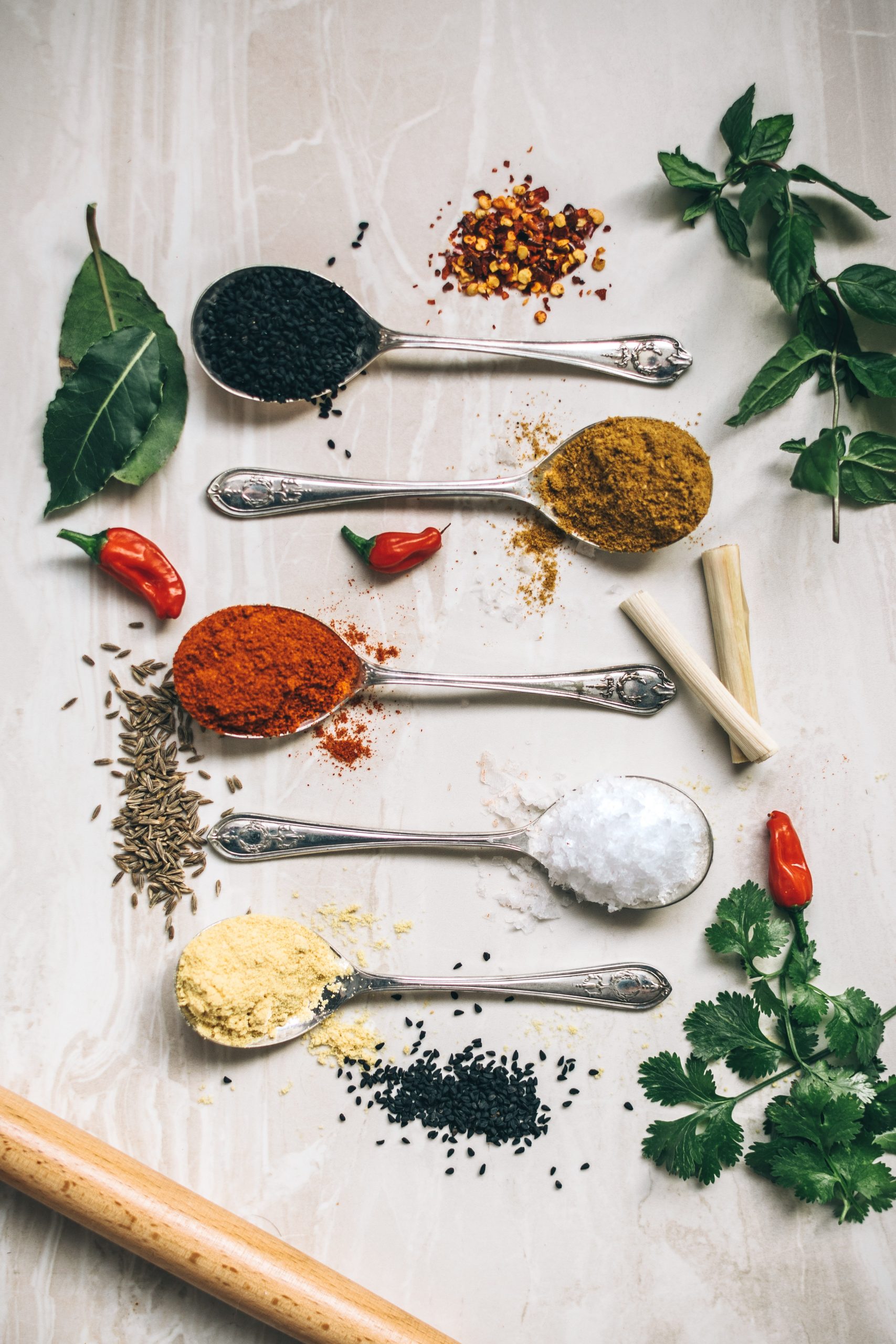Spices are not just a condiment; they have been used in medicine, body care, embalming and many other ways. The Egyptians mixed spices with incense and animal fat; the Chinese mixed them with jade powder.
Spices were also an important part of trade. The ancient Greek and Roman world traded pepper, cinnamon and nutmeg for gold, silver, silk and fine cloth. The Romans brought ginger to England. The Venetians traded for it in North Africa.
Tobacco was long used as a spice in drinks and foods, and it was thought to be an aphrodisiac. In Elizabethan times it became very popular when people discovered that you could smoke it in a pipe like opium or hashish – which were also smoked at the time.
The desire to control the flow of trade goods and protect their homelands from foreign invasion drove many of these empires to seek secret knowledge of spices’ origins.
The development of the European spice trade can be traced through three distinct phases, which are known as the Medieval period, the Age of Exploration and the Great Age of Discovery. During the Medieval period, spice was a luxury available only to an elite class, whereas in the following two periods, demand for spice grew tremendously.
The first period lasted from roughly A.D. 500 until around 1500, during which time spices were used mostly by those who could afford them. The second phase began at about 1500 and ended in 1600, when Europeans started to actively search for new routes to Asia for the purpose of obtaining spices. The third phase began in 1600 and lasted until 1750, when Europeans finally got around to colonizing India and other areas that had previously been controlled by Arab nations.
During all three periods, spices were an accepted form of currency throughout Europe.
Spices are an interesting example of a new good that did not come out of the market but out of politics. Originally spices were a military weapon. They were used to preserve meat and make it edible for soldiers on long marches; also to cover up the taste of preserved meat if it had begun to go bad, which was frequent in the days before refrigeration.
Some spices were so valuable they were used as currency: The Roman Empire, for example, financed its operations partly with a monopoly on the sale of pepper and ginger. But eventually the political barriers fell, competition returned, and now spices are just another low-priced commodity like sugar and flour.
For centuries, spices were among the most valuable commodities in the world. The “spice trade” encompassed much more than nutmeg and cinnamon; it was a catch-all term for substances whose value and origin were mysterious, exotic, even magical.
Spices were seen as having a talismanic quality; they could protect you from illness, keep you alive on long voyages, ward off evil spells. They were closely associated with wealth and privilege; spices were used to season the food of kings and nobles, while commoners ate bland dishes flavored only with salt.
Spices have been used in cooking and medicine in cultures around the world. In ancient China, they could be used as currency; in fact, their name comes from an old Chinese word meaning “to weigh.” In medieval Europe and Arabia, they were often associated with magic; “Grimoire,” meaning a book of magic spells, comes from an old French word for a book of incantations that included recipes calling for spices.
Spices are the dried seeds, roots, and bark of plants that are often used to flavour food. The word spice comes from the Latin “species” (meaning plants or herbs) and refers to the aromatic and pungent properties of these products. The first written references to spices appear in Sumerian and Egyptian texts from about 4000 B.C. They were an integral part of both the cuisine and the medicine of these cultures.
Russian Orthodox Church (Moscow Kremlin)
In ancient Egypt, spices were used not only for food but also as medicines, perfumes, incense, cosmetics, mummification agents, and embalming fluids. Spices were also traded as a commodity in their own right, with cinnamon being especially prized by the Greeks; it was used as a kind of currency in some parts of Europe during the Middle Ages. One pound of cinnamon was worth three pounds of silver and was equivalent to a sheep. During this period cinnamon became known as “white gold.” It was used as a payment for dowries for women and for taxes for men.”
The domestication of plants and animals was one of the most important changes in human history. A few people get a lot of power from breeding cattle or baking bread, but most people end up as slaves or serfs. The invention of spices changed that.
Spices are plants with a strong taste. We use them to make food taste better, but they have a side effect: they hide the taste of rotten meat. If you can afford spices, you can store meat without refrigeration.
The first civilizations were in river valleys: Mesopotamia, India, China. Meat spoils faster in hot climates. So do fish and fruits and vegetables, so it’s easier to get enough calories in a civilization that lives near a river or a sea. This is one reason why civilization developed first on the continents surrounding the Mediterranean Sea: Europe and North Africa and West Asia, rather than North America or Australia or East Asia.
There are two basic kinds of spices. On the one hand, there are the herbs, such as mint and thyme and oregano. These grow from seeds in the ground, and can be planted, harvested and dried at any time, like vegetables.
The other kind of spices come from trees or flowers. These include cinnamon, cloves, nutmeg, vanilla and ginger. Some of these trees grow quickly; others take years to mature. But once they have grown, they can be harvested all at once. And because their seeds do not survive the drying process, they cannot be planted again by anyone else — at least not without a long trip home.

